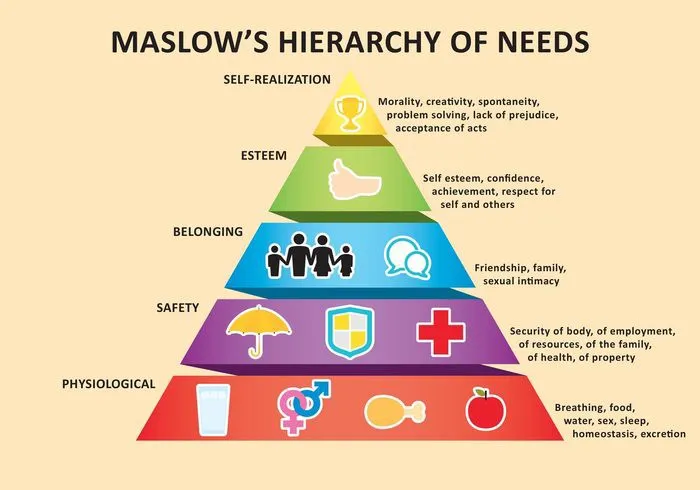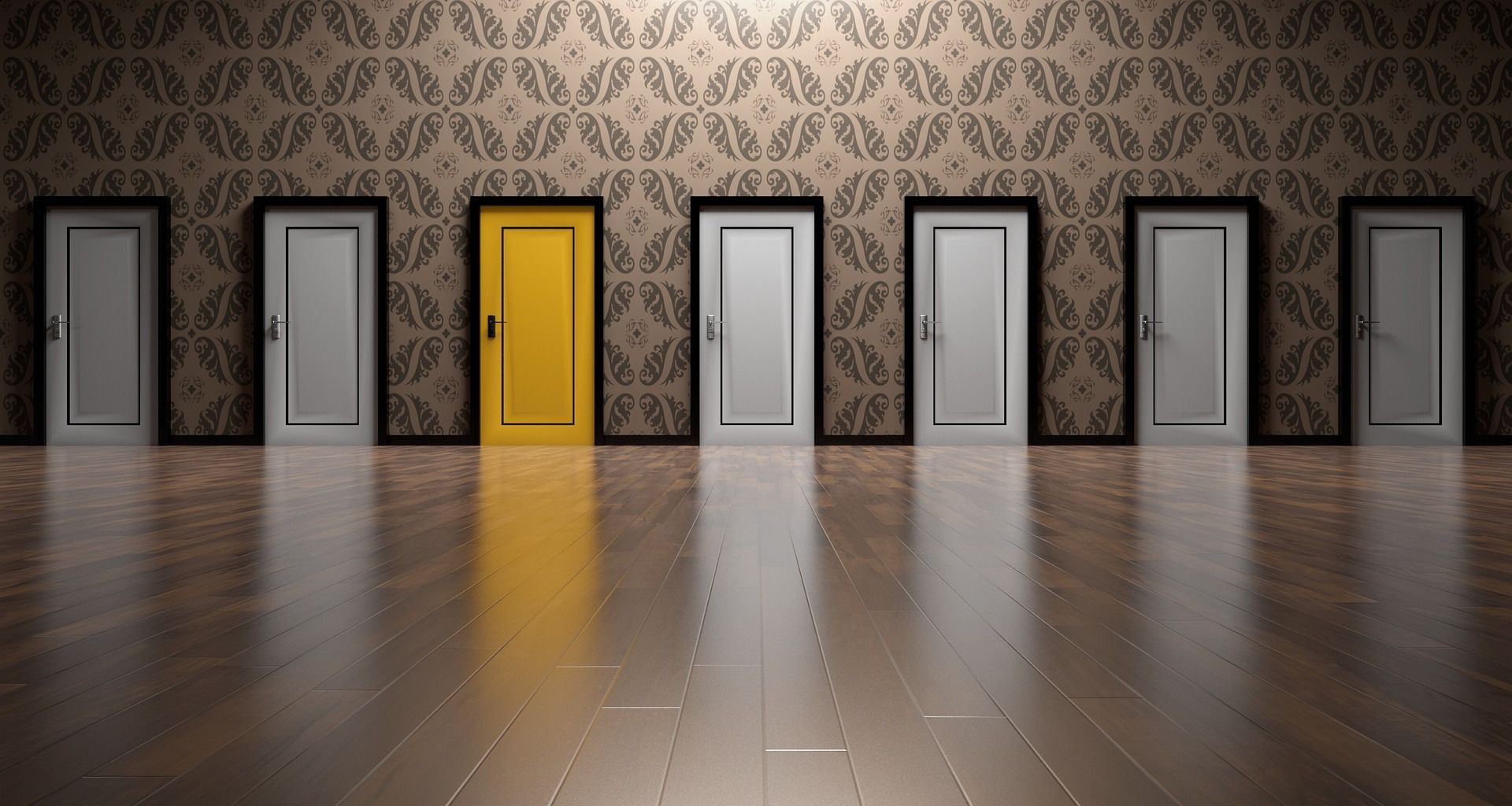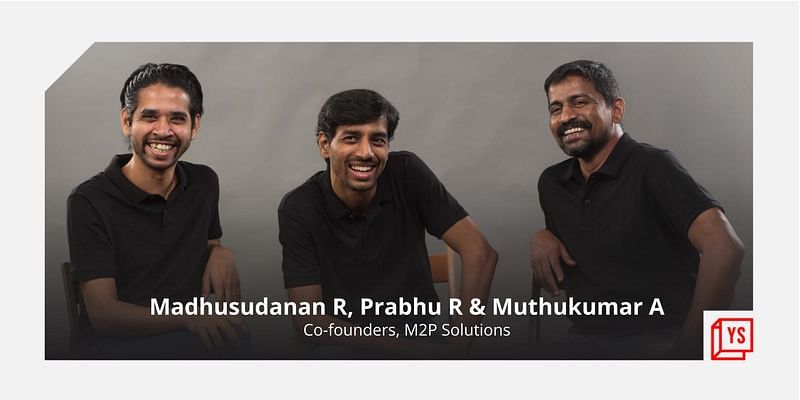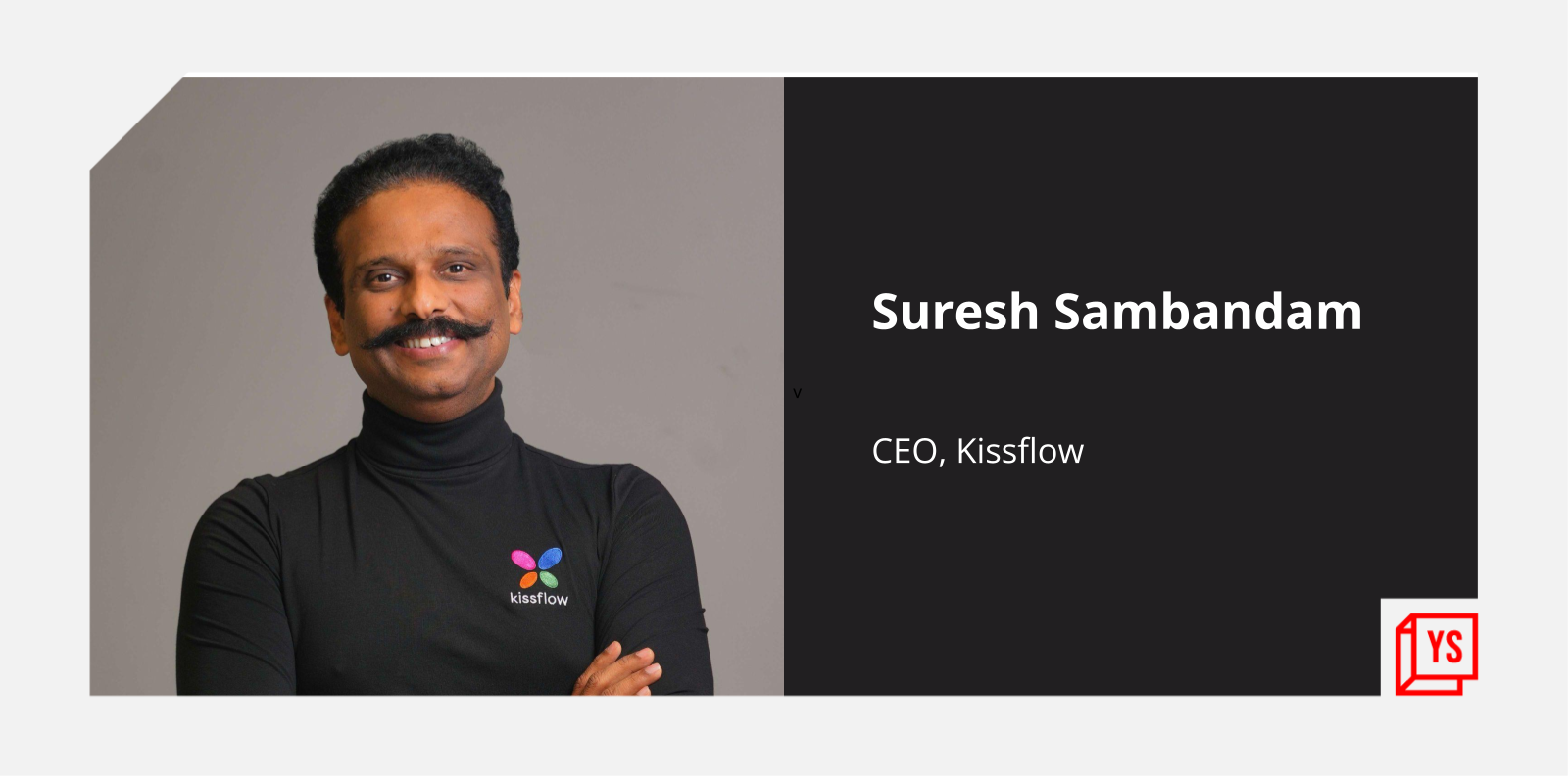Why Amazon Prime stands out where most other loyalty programmes fail?
Most do not consider Amazon Prime to be a loyalty programme. It is, in fact, one of the best loyalty programmes that there is. When I asked people to list three top loyalty programmes, the usual answers I got were credit card loyalty programmes, some specific retail loyalty programmes, or the likes. Only one of the 200-odd people I asked said Amazon Prime.

So, are Amazon Prime, Ola Select and Flipkart First loyalty programmes, or premium subscription programmes or something else? What are traditional loyalty programmes, and why don't most loyalty programmes work? What is the difference between traditional loyalty programmes and new-age programmes like Amazon Prime? Why does Amazon prime work so well, when similar ones like Ola Select or Flipkart First don’t?
Evolution of loyalty programmes
The simplest form of loyalty is probably giving a discount to the customer on their purchases. This can be experienced at local kirana stores even today. They recognise you as a loyal or repeat customer and give a discount on the total amount. This is a form of direct discounting to reward loyalty. While this is practiced in many places, direct discounting at scale is no longer considered a loyalty programme.
The first form of organised loyalty programme started sometime in the 1700s. It was in the form of copper coins. These copper coins were given to customers on purchases. They could exchange or redeem these on their next purchase. The next evolution was a form of stamp in the 1800s, and were similar to copper coins. Both these were a different form of discount coupons. Loyalty programmes evolved from direct discounts to discount coupons model.
In the 1980s, American Airlines came out with a frequent flier programme. On every transaction, customers would get points based on the amount spent. After reaching a certain level, these points could be redeemed for rewards. With this came the era of the rewards programme.
Rewards programme as loyalty
Soon enough, the rewards programme became popular, and other airlines and retailers followed. Credit card companies also came up with their version of rewards programmes, or cash back programmes. It was similar to the rewards programme of airlines. Customers would get points on every purchase. After a few days, or some spend, they could redeem the points for cash back. These credit card reward programmes got popular as they were applicable across spends and not limited to a specific airline or retailer.
The concept of loyalty programmes has changed over a period of time. While direct discounting, discount tickets/vouchers are still common, they are considered business as usual, or sometimes taken as a pricing strategy. They are not to promote loyalty, but actually to promote sales. Every other competitor offers similar discounts and vouchers.
The same is the case with rewards or cash back programmes - they are everywhere. They have become business as usual. Every credit card offers a rewards programme. Every airline has got a frequent flier programme. Every retailer gives you points for purchases. So where is the differentiator? What is the value-addition is your loyalty programme adding to your customers? Or more appropriately, do your customers care about the loyalty programme?
Delayed gratification
Every product is designed to cater to and often promote impulse purchases. E-commerce or retail stores are designed to attract customers to make impulsive purchases. Discounts, offers, and sales are promoted multiple times a year. Even airlines promote low-cost fares to promote and cash on the impulsive purchases.
Today, we are impulsive and we take decisions to satisfy immediate cravings. Earlier, we had immediate access to only limited things. These would satisfy our needs, but not our urges or wants. For that indulgence, we had to plan, and wait. Vacations were planned months in advance. We would save for these vacations and then indulge. Today, there is an immediate access to everything. While long vacations are still planned, most vacations are replaced by weekend getaways. Not only can we fulfill our needs, but also all our wants or urges, almost instantly.
While as a generation, we crave for instant gratification, loyalty programmes are designed to delay gratification.
Instant gratification
Amazon Prime has turned the rewards programme on its head. It aids in promoting impulsive behavior. When there is an urge to buy something, it is unlikely that one would want to wait three days. Also, would you actually go and add more products to your cart so you actually meet the minimum amount to be eligible for free shipping?
Our impulse shopping habits are different - that cute little black dress, want it now, immediately. By being a prime member, that dress can be got the very next day. There also is no need for a minimum amount in the cart to be eligible for free shipping. Every time shipping is free and purchases are delivered the next day.
Is instant gratification the only factor for the success of Amazon Prime? Even Flipkart First offers the same. Why has that not worked as well as Prime?
Privilege programmes
Amazon Prime is not a rewards programme, but a privilege programme.
After rewards programme, the next evolution of loyalty programmes would be privilege programmes. Some credit cards have slowly moved to privilege programmes, along with giving reward points. Today, you ask for a credit which brings free airport lounge access or some such.
There have been VIP membership programmes in the past, giving one access to exclusive events or places, which otherwise were restricted or had an entry fee. These membership programmes also gave discounts at clubs and restaurants. Traditionally, these programmes were at a local scale targeted to a small niche audience. Now, these benefits are being offered by credit card companies at a larger scale, and for a wider audience.
Amazon Prime is a well-designed privilege programme. The fact that Amazon has a bunch of offerings gives it a leg up. Irrespective of that, the programme is designed to cater to the needs and wants of different customer segments. For those who shop often or are used to impulse shopping online, the free 1-day shipping with no minimum purchase limits fulfils their need. For those who seek value, Prime membership gives them access to a variety of exclusive deals and discounts. This further promotes the impulsive purchase behaviour. For those who seek exclusivity, there are exclusive products which are launched first to Prime members only.
Lastly, Amazon is giving access to the entire content of Amazon Prime videos. Amazon is still building its content. They cannot compete with the likes of HotStar or Netflix yet. Giving it free to all the Prime members is a great way to build a consumer base while getting insights into a consumer’s likes and dislikes. These insights are then looped back to build more original content for members.
Amazon Prime is a privilege programme with a suite of offerings. In fact, they would be adding more accesses and offerings to the already popular programme.
Other privilege programmes
Contrary to Amazon Prime, Flipkart First only focuses on the free 1-day delivery aspect. They are leaving a lot on the table that can be bundled and given to loyal customers. In addition, Flipkart also faces another problem. They are popular in tier II cities. One-day delivery is not possible in these places. Amazon has arrested the market share in the Tier I cities. Now they are going for the kill, rewarding loyal customers. They are actually losing money on the average Prime customer. That is not a problem though. They are focused on the long term.
What do you like to talk about, privileges you are getting from a brand, or the reward points you have accumulated?
Loyalty vs privilege
We, and our behaviour, are driven by needs. As Maslow’s pyramid laid out, these needs can be divided into 5 layers. The fourth layer is about our need to seek self-esteem or respect. There are two versions of esteem, inner and outer. As humans, we strive to seek this external validation to gain self-respect or, at times, to boost ego.

Between a privilege programme, rewards programme and loyalty programme, you are more likely to talk about the privilege programme with your friends and colleague. Hence, a privilege programme is perceived as elite, higher in value and offering than a rewards programme.
In fact, people perceive it to be so high, that they are ready to pay a fee to be a part of the programme. Amex cards have higher annual fees. Getting an Amex card symbolises you have arrived. The privilege extended by the programme is sought after, and you don’t mind paying annual fees to get this privilege. Similar case with Amazon Prime membership. It is not free.
Going against the norm of gifting rewards programmes, privilege programmes ask customers to pay a fee to get these privileges. That also works as a buy-in from the customers, and as a trigger. Earlier, some rewards programmes had fees associated with them. That was the time when rewards programmes gave a boost in self-esteem. Now, all reward programmes are available for free, and in plenty.
Conclusion
The entirety of a loyalty programme is a pretty wide topic and tough to cover in a single article. It also varies with respect to businesses and industries. A cab hailing company needs to think differently from an online grocery or an online payments company.
That said, in Part 2 of this article, I will talk about, “How to build a well-designed privilege programme?” What are the core aspects to consider when designing a programme? And more importantly, is it really a top-up programme which can be built like we see rewards programme today?
By the way, what are your views on Reliance Jio Prime? Is it a privilege programme? Telecom business is a commodity, even more so than any e-commerce marketplace. What did Jio do right? Do share your thoughts. I will be presenting a case study of Jio in Part 2 of this article.
(Disclaimer: The views and opinions expressed in this article are those of the author and do not necessarily reflect the views of YourStory.)











